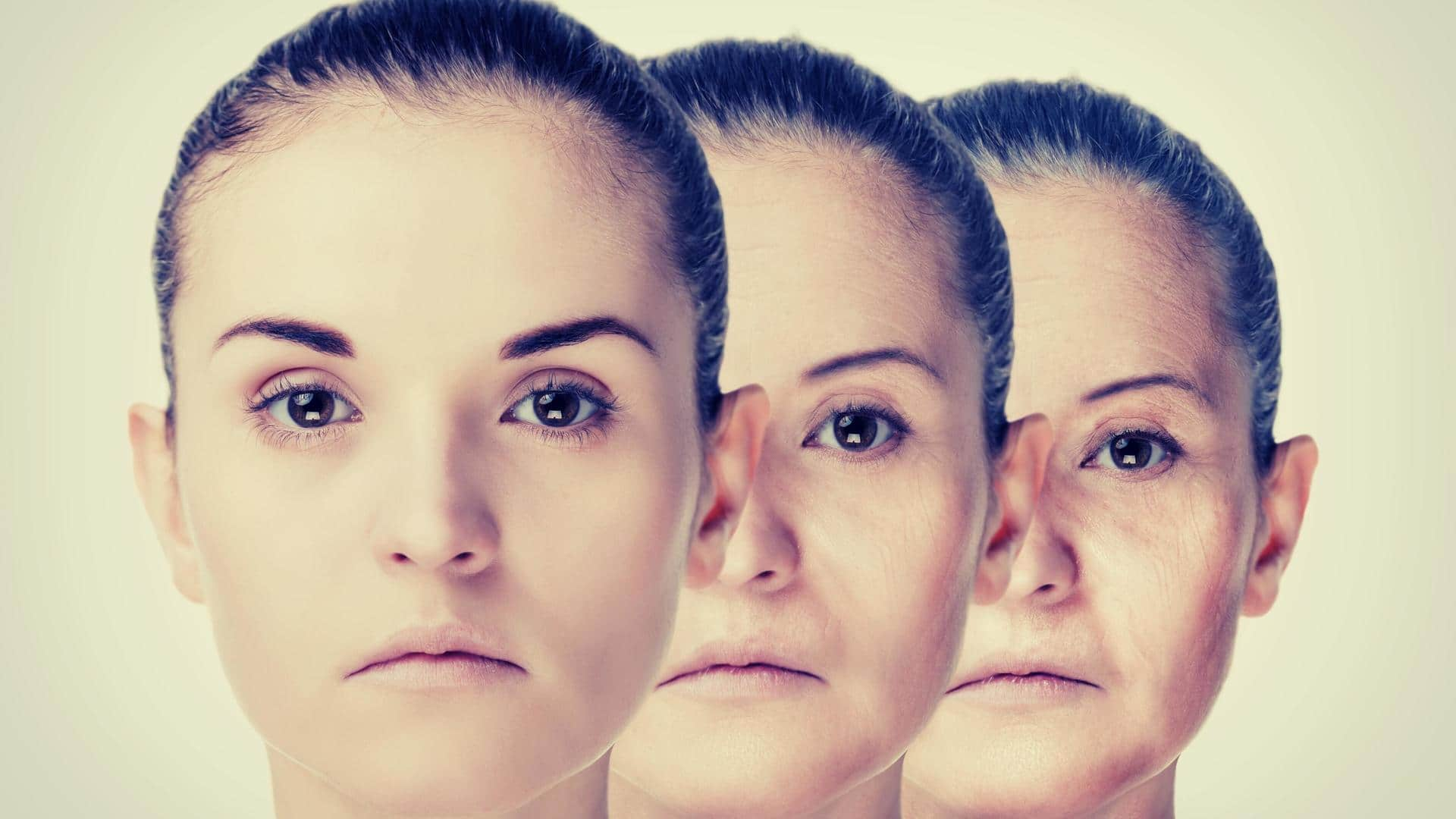
Here's everything you should know about photoaging
What's the story
Photoaging is a characteristic change in the skin that is induced due to exposure to the sun.
This condition is known by multiple other names including some common ones like photodamage, solar damage, or sun damage.
It causes the skin to age and fosters wrinkles, brown spots, uneven texture, and blemishes.
Here's everything you should know about this common yet lesser-known skin condition.
Context
Here's what our expert says
Photoaging is damage to the skin from UV-A and UV-B rays in the sunlight.
It results in premature aging of the skin and can be seen in the form of dark spots, wrinkles, etc. Photoaging is also a cause of skin cancer.
The good news is that photoaging is both preventable and reversible with the regular use of broad-spectrum sunscreen.
Concept
Photoaging happens due to exposure to UVA and UVB
Photoaging is associated with long-term and heavy exposure to the sun's UV radiation.
It occurs when the skin is not protected by sunscreen or gear that stops the UVA and UVB rays from penetrating its deepest layers.
As it happens deep into the skin, it can easily take years to surface and become visible.
It can lead to more severe skin-related diseases.
Symptoms
Skin redness, uneven texture, and freckles are a few signs
The symptoms of photoaging are way too different than the ones of natural aging.
People feel that their skin has aged before time and they look older than their age.
Additionally, wrinkles, redness, uneven texture, pigmentation, freckles, spots, broken capillaries or spider veins around the nose and chest, and blotchiness are a few signs that show up and may hint toward photoaging.
Causes
UVA, UVB, and UVC cause DNA changes in the skin
There are three kinds of UV rays that can cause photoaging and more serious diseases like skin cancer.
The UVA rays damage your skin right from the surface to deep down in the dermis where collagen and elastin fibers are present.
UVB light affects the outer layers of the skin and damages the DNA.
UVC light, on the contrary, isn't as harmful.
Vulnerability
Lighter skin is more susceptible to photoaging
Although photoaging spares no skin types or tones, people with lighter skin are more vulnerable to being affected.
Darker skin is also prone to sun damage and developing skin cancer, but the most likely outcome is only that the skin will develop some uneven dark patches, which are clinically called melasma.
Dermatologists use Fitzpatrick's scale to determine one's skin's phototype.
Treatment
Laser, chemical feels, and medications are some treatments of photodamage
Photodamage may not be removed permanently, however, there are certain treatments that can mitigate its effects.
Laser happens to be one of them and the most common. It can help minimize the spots and redness on the skin and improve texture.
Applying certain medical chemicals can also do pretty much the same.
Your doctor may also prescribe some medicines to treat your condition.